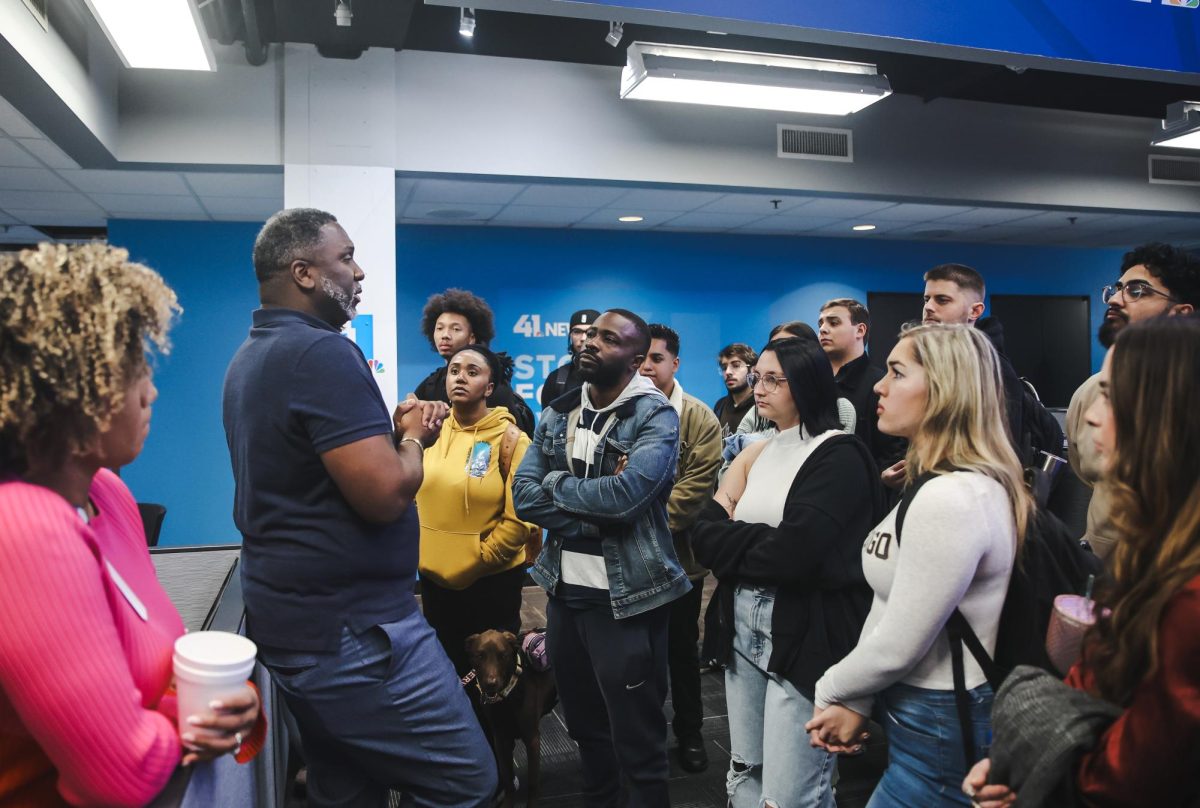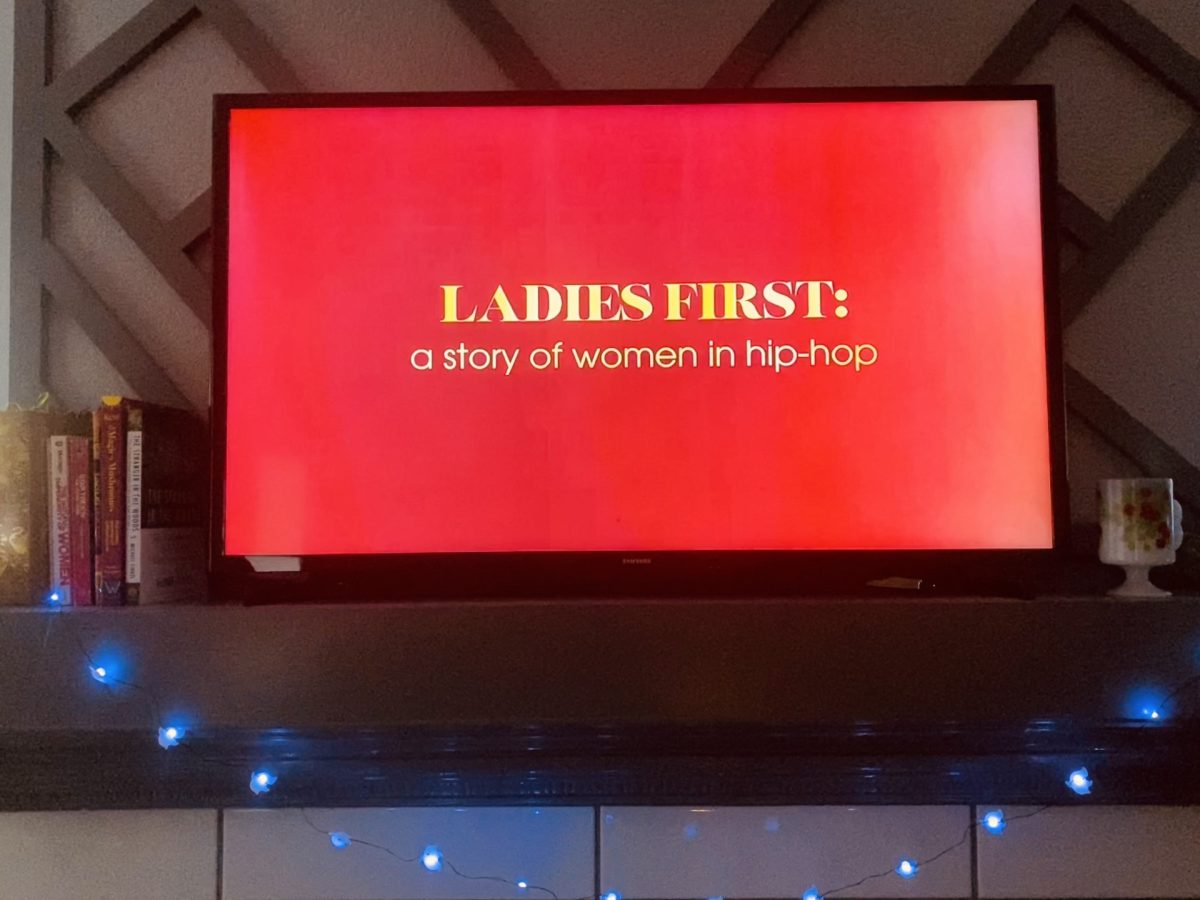A UMKC professor helped discover the first new subtype of HIV in nearly 20 years.
The strain, called HIV-1 Group M, Subtype L, comes from the same virus family that caused the HIV pandemic in 1981, which has killed 32 million people to date.
“In an increasingly connected world, we can no longer think of viruses being contained to one location,” said study author and School of Dentistry Professor Dr. Carole McArthur. “This discovery reminds us that to end the HIV pandemic, we must continue to outthink this continuously changing virus and use the latest advancements in technology and resources to monitor its evolution.”
McArthur discovered the strain alongside fellow researchers at Abbott Labs in the Democratic Republic of the Congo, where the HIV virus originated.
The landmark discovery was a long time coming. In order for a virus to be classified as a new HIV subtype, three independent cases must be discovered. The first two cases were discovered in the 1980s and ‘90s, and although the third was collected in 2001, it wasn’t until now that it could be properly sequenced.
Co-author Dr. Mary Rodgers likened discovering viruses like these to pulling a needle from a haystack, but with advancements in gene-sequencing technology, scientists are now “pulling the needle out with a magnet.”
“The fact we are still identifying unique subtypes means that HIV-1 has more secrets to uncover,” said UMKC biology major Evan Piers. “A new subtype means a more complete evolutionary tree and that we can explore and have a better idea about how [the virus] mutates.”
Fortunately, scientists say the new subtype is similar enough to other strains that it can be diagnosed and treated the same way.
“This scientific discovery can help us ensure we are stopping new pandemics in their tracks,” Rodgers said.
lac2m2@mail.umkc.edu








